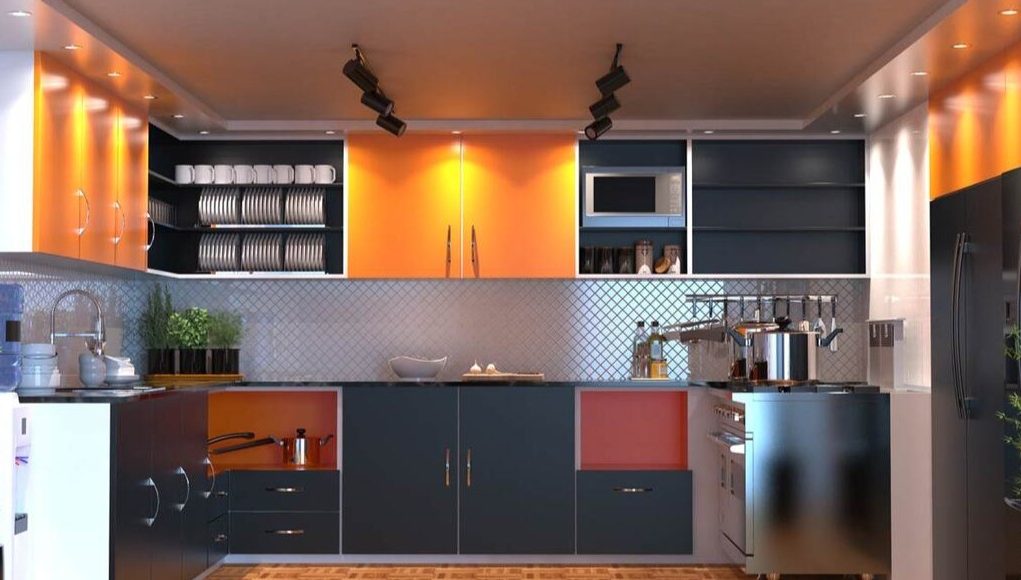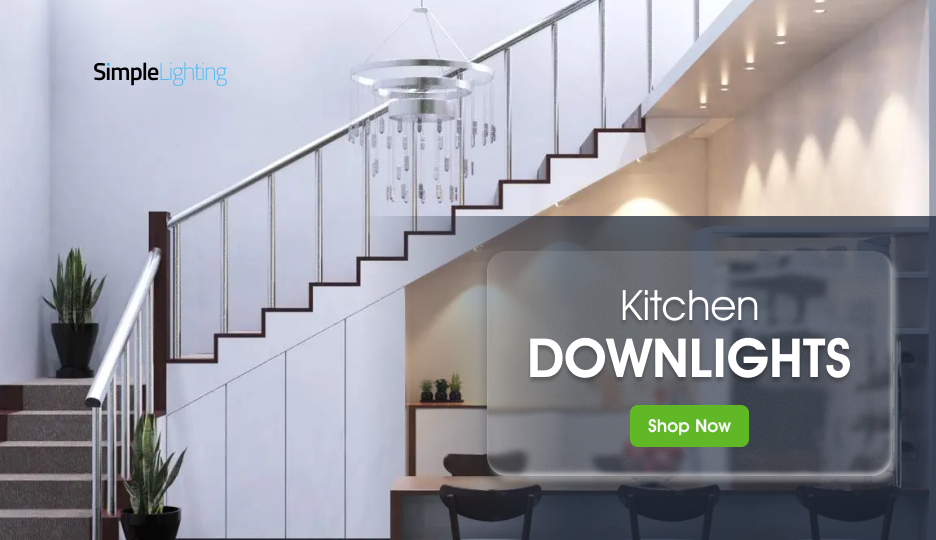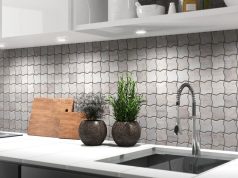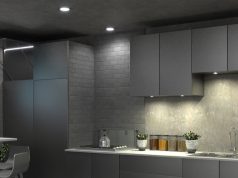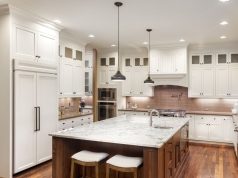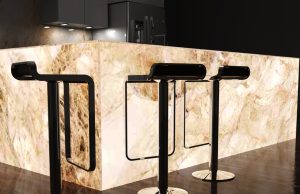Most people pick kitchen lighting the same way they pick soap. They grab whatever’s on sale, then hope for the best. And they wonder why their Sunday roast looks grey and their guests resemble characters from The Walking Dead.
The secret culprit? Colour temperature!
It’s not about wattage, it’s about tone. And trust me, your pasta deserves better than “dim yellow cave” or “fluorescent school cafeteria.”
Understanding Colour Temperature Basics
Before you rush off to buy more LED downlights or stips, you need to know what colour temperature actually is. Spoiler: it has nothing to do with how hot the bulb gets.
What Colour Temperature Means in Lighting
Colour temperature is measured in Kelvins (K). The higher the numbers, the cooler and bluer the light. And obviously, lower numbers mean warmer, softer glow.
Here’s the cheat sheet:
- 2,700K to 3,000K. Warm white. Golden, flattering, the lighting equivalent of soft-focus Instagram filters.
- 3,500K to 4,100K. Cool white. Bright, practical, the mate who points out you’ve got spinach in your teeth.
- 5,000K to 6,500K. Daylight. Harsh, clinical, ideal if you’re hosting dinner in a morgue.
Think of it this way: Warm light makes your kitchen feel inviting. Cool light tells the truth, whether you like it or not.
Warm, Cool, and Daylight – Key Differences
Still not getting it? Let’s personify them for fun:
- Warm light is the host who makes you feel at home. Even if they’ve run out of wine glasses and handed you a mug.
- Natural light is that reliable colleague who spots every typo and doesn’t let you cheat on spelling quizzes.
- Cool light is the overzealous gym instructor. Effective, but nobody really enjoys being around them for long.
At any rate, use them wisely. Warm light in prep areas will have you chopping carrots half blind. Cool light at the dining table will make your curry look radioactive.
How Colour Temperature Affects Mood and Function
Your kitchen isn’t just for cooking. It’s where life happens. And lighting shapes every bit of it:
- Cooking. Cool tones can sharpen details. Handy when wielding knives or squinting at the expiry date on your chicken.
- Cleaning. Only cool white has the nerve to expose sticky fingerprints you swore weren’t there. Warm tones politely pretend they don’t exist.
- Entertaining. Warm light makes food photogenic and guests linger longer. Nobody wants to sip wine under NHS-style strip lighting.

Choosing the Best Colour Temperature for Kitchen Zones
The idea that one bulb can light your whole kitchen is outdated. It’s like wearing football boots to a wedding. Though you technically could, it doesn’t mean you should. Different zones need different tones.
Ideal Tones for Prep and Cooking Areas
Here’s where you need honesty, not flattery.
Your best bet is cool white. That’s clear enough to see if your steak is medium rare or still mooing.
Here’s a pro trick: Install under-cabinet lighting. It directs the glow exactly where you’re chopping, saving you from shadows and sliced thumbs.
As for upgrade options, try tunable LEDs. One tap, and you can go from clinical chef-light to relaxed “I’ll just eat cereal for dinner” mode.
The bottom line is, precision zones need clarity, not candlelight.
Ideal Tones for Dining and Social Spaces
Now this is where the kitchen shifts from workplace to social stage.
For best results, go with warm white. It flatters faces, makes spaghetti look like a masterpiece, and softens the edges of that cracked wall you still haven’t repainted.
Even better, get dimmer switches. You’ll enjoy a full glow for breakfast when everyone’s half-asleep, or a soft one for dinners when you’d rather not highlight the gravy stains on the tablecloth.
A little warning, though: Avoid cool white bulbs. Unless you want your dining table to feel like a staff meeting at a hospital, leave those in the box.
The Magic of Layering Light
Then here’s the part decorators love to brag about: layered lighting. It’s not complicated, but it makes your kitchen look like you actually thought about design instead of panic-buying bulbs.
- For task lighting, opt for bright, cool white for actual work—chopping, cleaning, and avoiding kitchen accidents.
- For ambient lighting, consider warm overheads for a cosy, even glow. Think pendants or recessed spots.
- As for accent lighting, try little extras like LED tapes under counters. They won’t add much functionality, but they’ll make your kitchen look positively posh.
Mix these all together and presto! Your kitchen feels more “designer showroom” and less “flatmate’s dodgy student flat.”
Nail Your Kitchen’s Colour Temperature
Colour temperature isn’t just lighting jargon. It’s the difference between “cosy dinner spot” and “alien torture chamber chic.” The winning formula is simple:
- Cool white for chopping, cleaning, and catching every last crumb.
- Warm white for eating, chatting, and keeping the vibe inviting.
- A clever mix of both for a kitchen that feels balanced, bright, and brilliantly lived in.
The right tones make food look fresher, people feel more comfortable, and your space works the way it should.
Ready to get it right? Explore Simple Lighting’s collection of warm, cool, and tunable kitchen lights. With our LED selections, your kitchen will finally look as good as the meals you try to cook in it.


